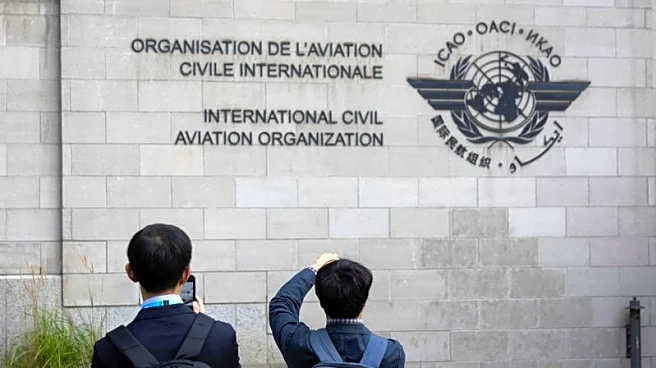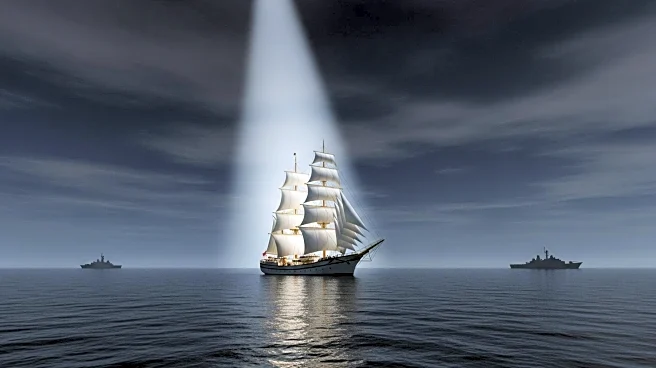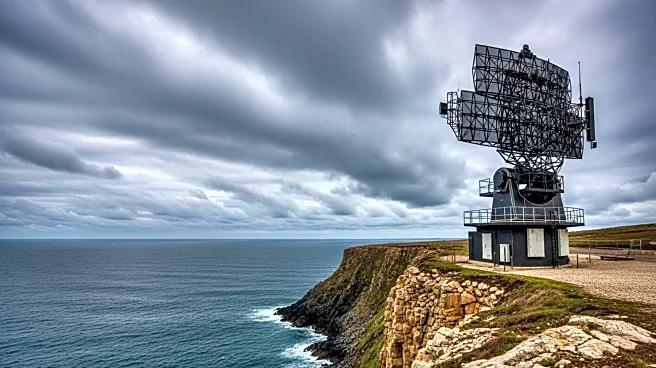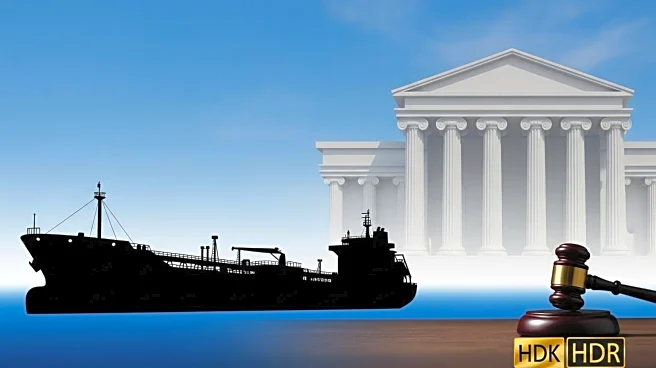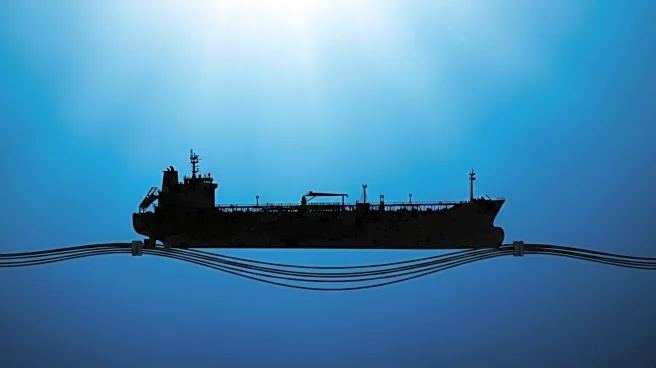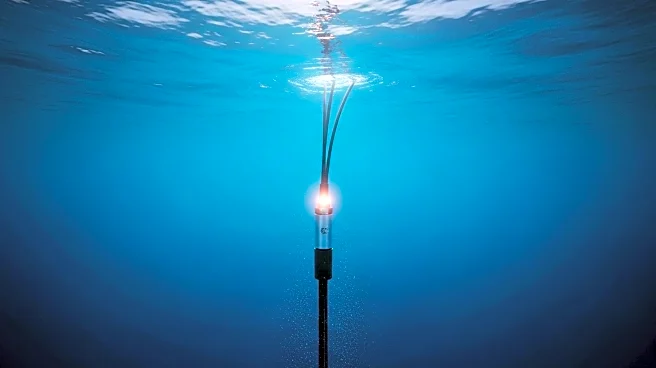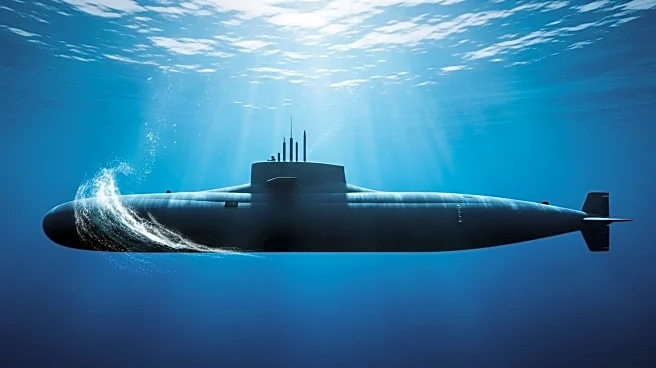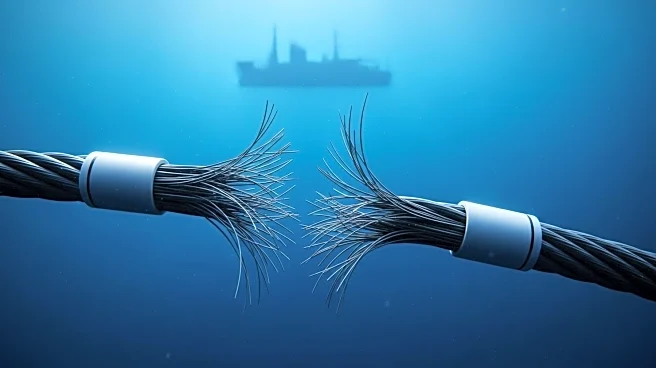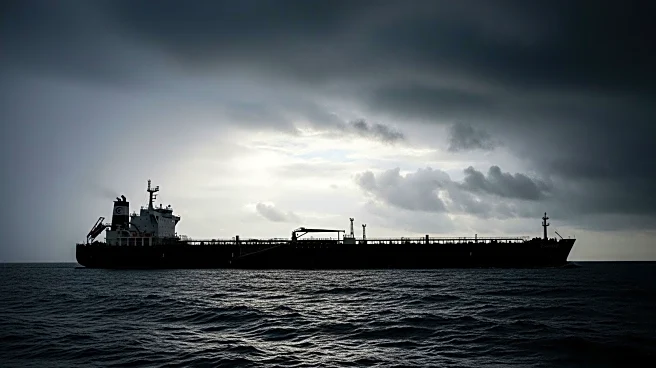What is the story about?
What's Happening?
The Helsinki District Court dismissed charges against the master and two officers of the tanker Eagle S, who were accused of aggravated vandalism for damaging subsea cables. The incident occurred when the tanker's anchor dragged along the Baltic seafloor, damaging five cables. The court ruled that Finnish criminal law could not be applied as the incident did not meet the statutory definition of criminal mischief. The damage was classified as a navigation incident under the United Nations Convention on the Law of the Sea, placing jurisdiction with the vessel's flag state, the Cook Islands.
Why It's Important?
This ruling highlights the complexities of international maritime law and jurisdictional challenges in prosecuting cases involving damage to undersea infrastructure. The decision may influence future legal actions in similar cases, as it underscores the limitations of national laws in international waters. The incident has raised awareness about the vulnerability of undersea cables, which are critical for global communications and power supply. It also reflects ongoing geopolitical tensions, as such incidents can be perceived as part of broader strategic maneuvers.
What's Next?
The case may prompt discussions among international maritime authorities to address jurisdictional gaps and improve the protection of undersea infrastructure. Countries may increase monitoring and security measures to prevent similar incidents. The ruling could also lead to diplomatic dialogues between Finland, the Cook Islands, and other involved nations to establish clearer protocols for handling such cases.
Beyond the Headlines
The incident has broader implications for international relations, particularly in the Baltic region, where geopolitical tensions are high. It also raises questions about the adequacy of current maritime laws in addressing modern challenges, such as hybrid warfare tactics that target critical infrastructure.
AI Generated Content
Do you find this article useful?


